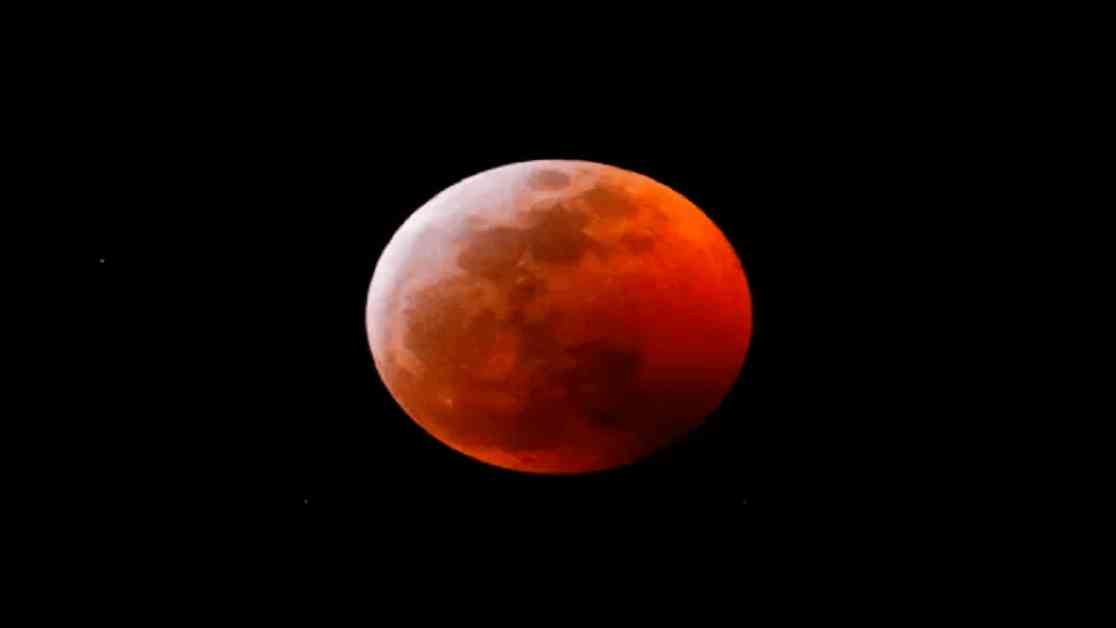A Celestial Spectacle: March’s Lunar and Solar Eclipses
Get ready to witness a series of mesmerizing celestial events lighting up the night sky in March. From a total lunar eclipse to a partial solar eclipse, the month is set to offer a spectacular show for stargazers across North America and beyond, marking some of the most anticipated astronomical events of 2025. After a stunning planetary parade that has already captivated skywatchers in the early months of the year, these upcoming eclipses are sure to be a sight to behold.
The Blood Moon: A Rare Lunar Eclipse
On the night of March 13-14, prepare to witness a total lunar eclipse that will turn the moon a striking shade of deep red. This event will be the first total lunar eclipse visible across the United States and Canada since 2022, making it a rare opportunity for sky enthusiasts. Set to occur between 2:26 a.m. and 3:31 a.m. EDT, viewers will either have to stay up late or wake up early to catch a glimpse of the phenomenon. Even if the sky is partially cloudy, there may be brief breaks in the clouds that allow for a view of the so-called Blood Moon. The reddish glow on the lunar surface is a result of Earth’s atmosphere bending sunlight around the planet, scattering shorter wavelengths and creating an otherworldly spectacle in the night sky.
The Spring Equinox and Warming Trends
Just a week later, on March 20, the arrival of the spring equinox will officially mark the transition from winter to spring in the Northern Hemisphere. At 5:01 a.m. EDT, the sun’s most direct rays will align over the equator, resulting in nearly equal hours of daylight and darkness worldwide. As the days grow longer from this point onward, expect increased sunlight intensity and warmer temperatures. This shift in weather patterns may lead to rapidly rising interior vehicle temperatures, even in mild outdoor conditions. Additionally, snow accumulation is likely to melt faster as the sun gains strength in the coming months.
The month will draw to a close with a partial solar eclipse on March 29, visible across the northeastern United States, eastern Canada, parts of Europe, and northwestern Africa. While this event won’t be as dramatic as the total solar eclipse that captured global attention in April 2024, it will still offer a unique viewing experience. It’s crucial for viewers to use proper eye protection, such as eclipse glasses from previous events, to safely observe the partial solar eclipse. In cities like New York, approximately 22% of the sun will be obscured, while Boston will see a 43% coverage. Quebec is set to witness the most significant effect, with over 72% of the sun hidden behind the moon, creating a mesmerizing celestial display.
As we gear up for these extraordinary celestial events in March, let’s marvel at the wonders of the universe and the beauty of the night sky. Whether you’re a seasoned stargazer or a casual observer, these eclipses are bound to leave a lasting impression on all who take the time to look up and appreciate the magic above us. Get ready to witness the cosmos in all its glory this March.















